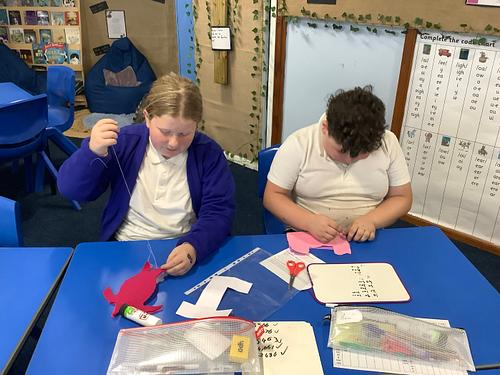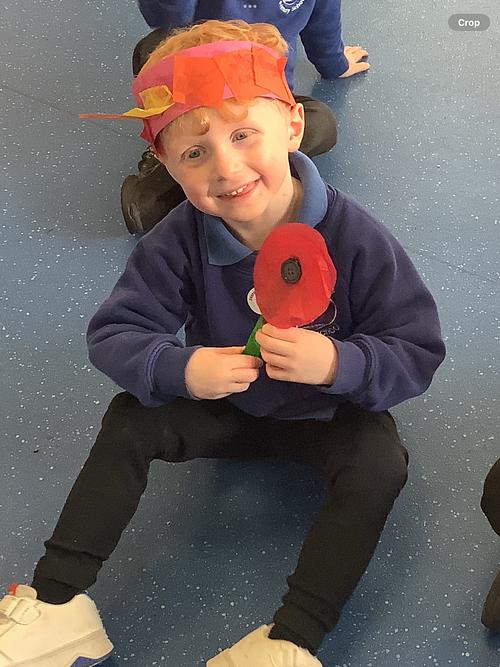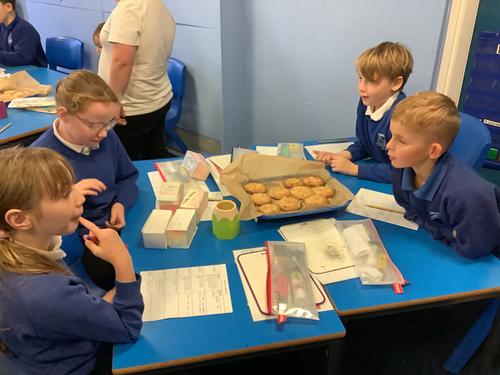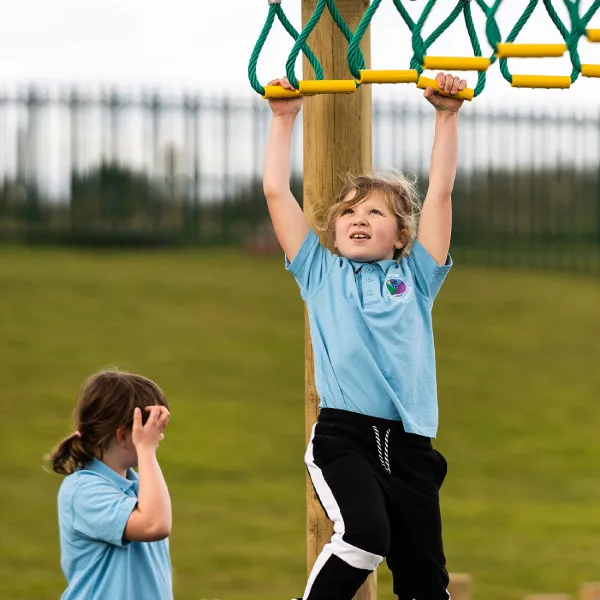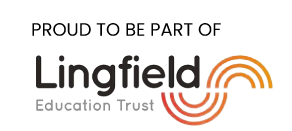Intent
At Lingdale Primary School our children will follow the design, create and evaluate process within this subject. Our Design and Technology Curriculum includes broad concepts that are embedded throughout the curriculum so that each one can be encountered multiple times. It also has a clear focus on disciplinary concepts so that pupils learn how to design, create and evaluate. These components enable pupils to develop and communicate their personal ideas, observations and creations. D&T allows children to apply the knowledge and skills learned in other subjects, particularly Maths, Science and Art.
